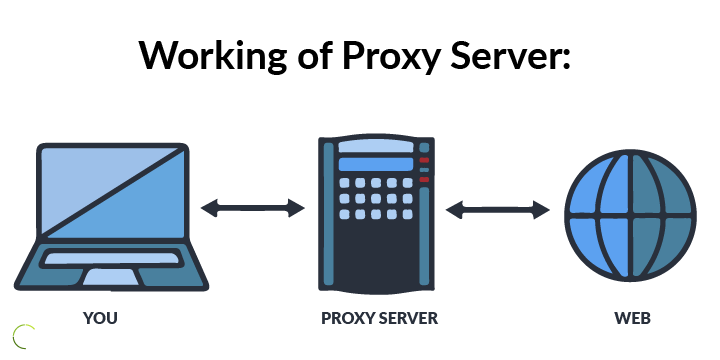A proxy server can use different protocols to operate
HTTP and HTTPS protocols are reserved for web content. HTTP proxy servers offer only the basic service of hiding the original IP address. While the address might be hidden, all activity through this protocol is visible online.
On the other hand, HTTPS protocol allows for secure, encrypted connection through SSL. Proxy servers utilizing this protocol can be considered essentially as SSL proxy connections with the combined benefits of a proxy server and encrypted data transferring.
SOCKS protocol involves an additional third-party proxy as it allows all SOCKS5-compatible traffic. However, these types of proxy servers don’t provide advanced protection. The data passing through a SOCKS proxy won’t be encrypted and there’s no guarantee that your online behavior will remain anonymous.
SIP proxies are used exclusively for telephones. This type of proxy performs the same function for phone calls as online proxy servers do for web traffic.
An SMTP proxy server forwards or denies emails according to specific rules. You might think that this server type is sufficient to protect you from email-based attacks, but it’s actual functionality is somewhat limited.
The protocol will scrutinize the web server and source address from which an email originated. It can even check the message itself for suspicious content. However, the use of an SMTP proxy will be limited to filtering out inappropriate, spam, and phishing emails. Additional solutions will be needed for complete email security.
FTP stands for “File transfer protocol,” which explains what this proxy type is used for. An FTP proxy server monitors the sender’s and recipient’s IP addresses as well as authentication. If it detects that something like a suspicious or false IP address is used, the protocol will deny file transfer.
A DHCP proxy is more of a tool for network management. It functions within a specific network, sending appropriate configurations to connected devices. This function is particularly useful when devices on a subnetwork are trying to reach their DHCP server.
DNS proxies are something you likely see online all the time without realizing. A DNS proxy server enables users to access websites via a domain name instead of an IP address. This server type checks various factors like geolocation and IP authentication and allows or blocks traffic accordingly.
If you ever found yourself unable to watch a show on a streaming service because it’s not available in your region, this could be the work of a DNS proxy. It’s also one of the main reasons why Smart DNS proxy exists.
Smart DNS has a mission to get you where you want to go regardless of geolocation. This proxy server type will forward you to the appropriate web server wherever you are – provided your request is granted.
Finally, despite its name a CGI proxy server has nothing to do with the work of computer visual artists. Instead, the acronym stands for “Common gateway interface.”
CGI proxies use web forms to conceal your data online and allow for anonymous internet use.
